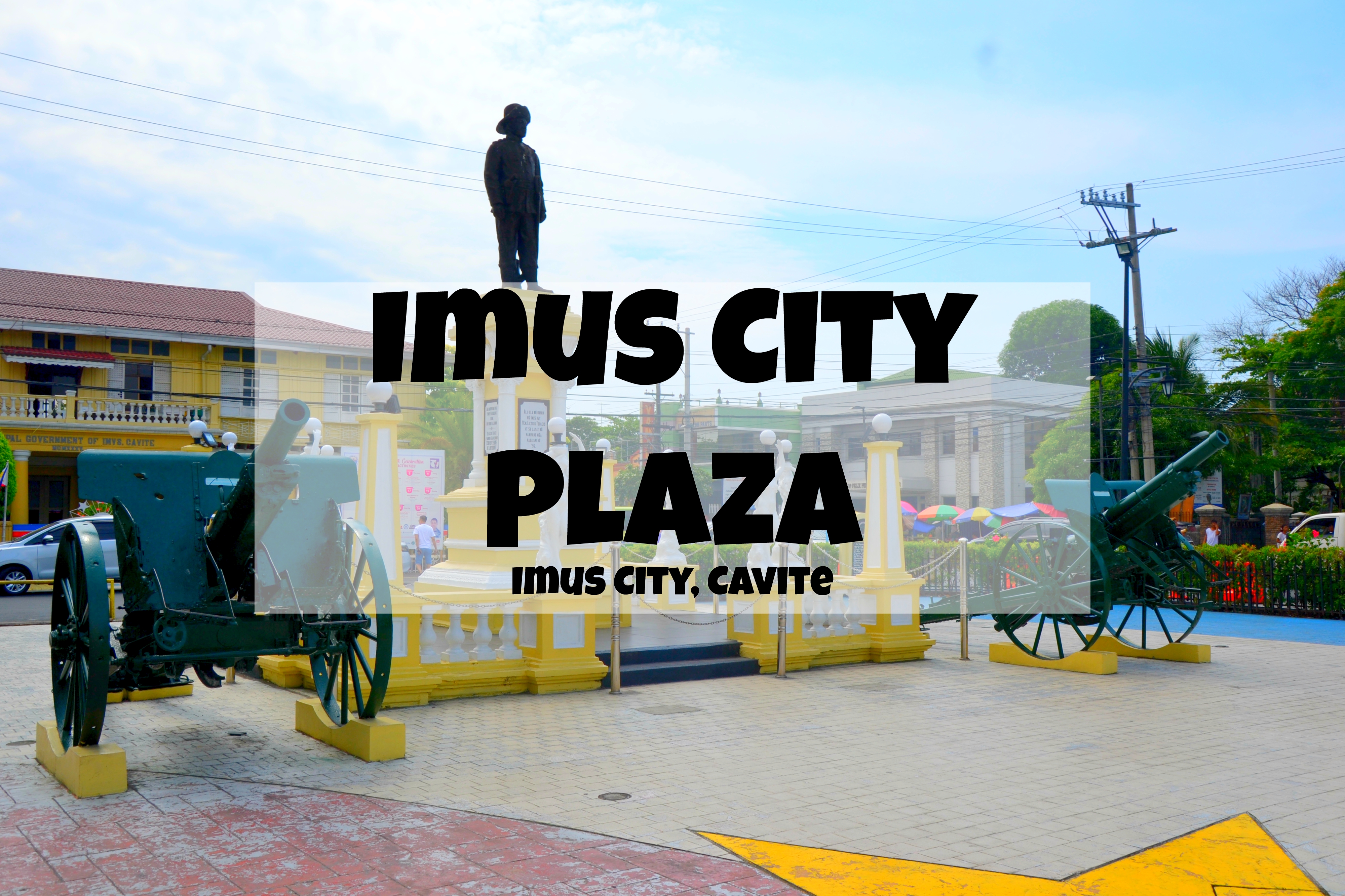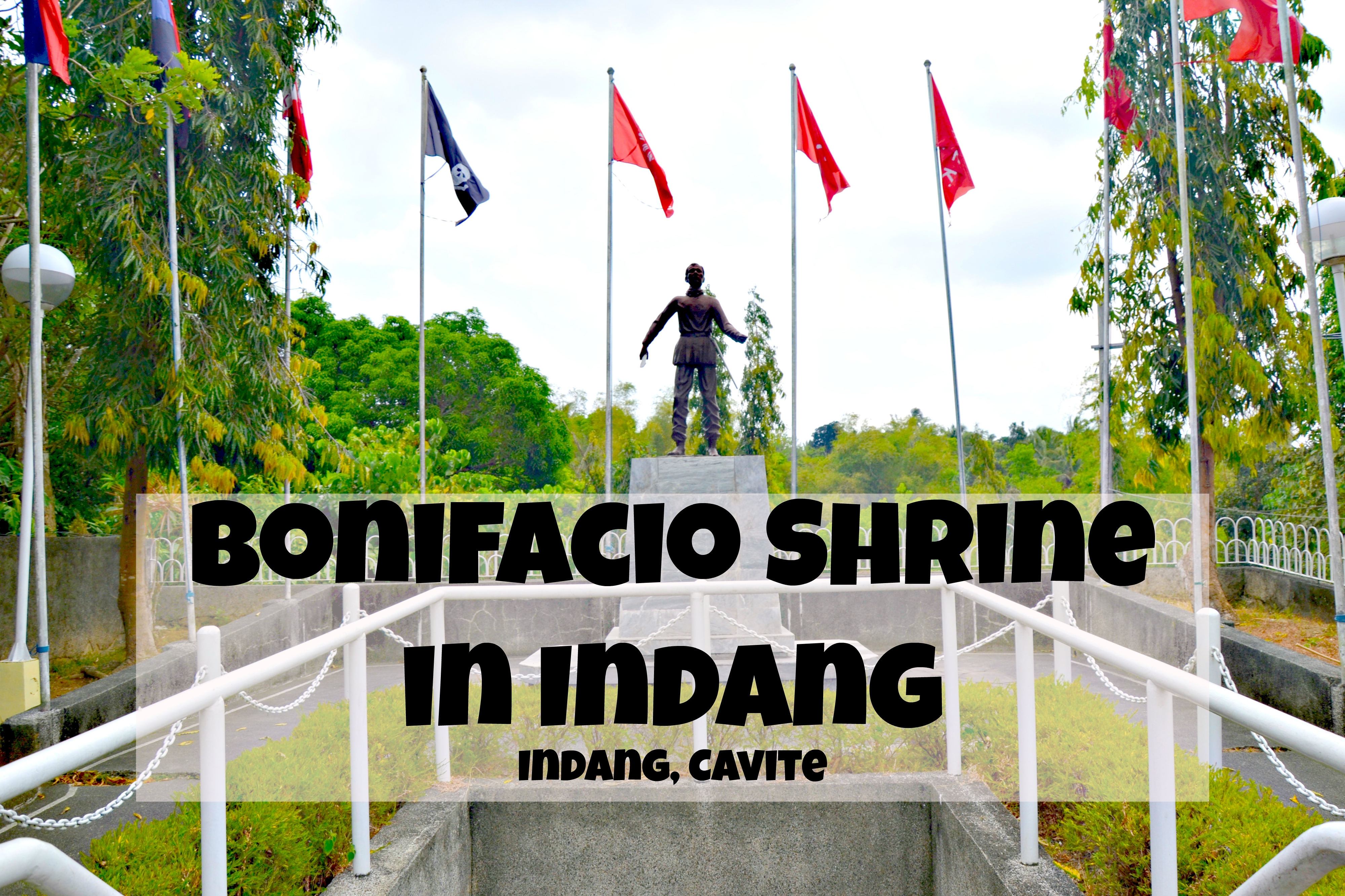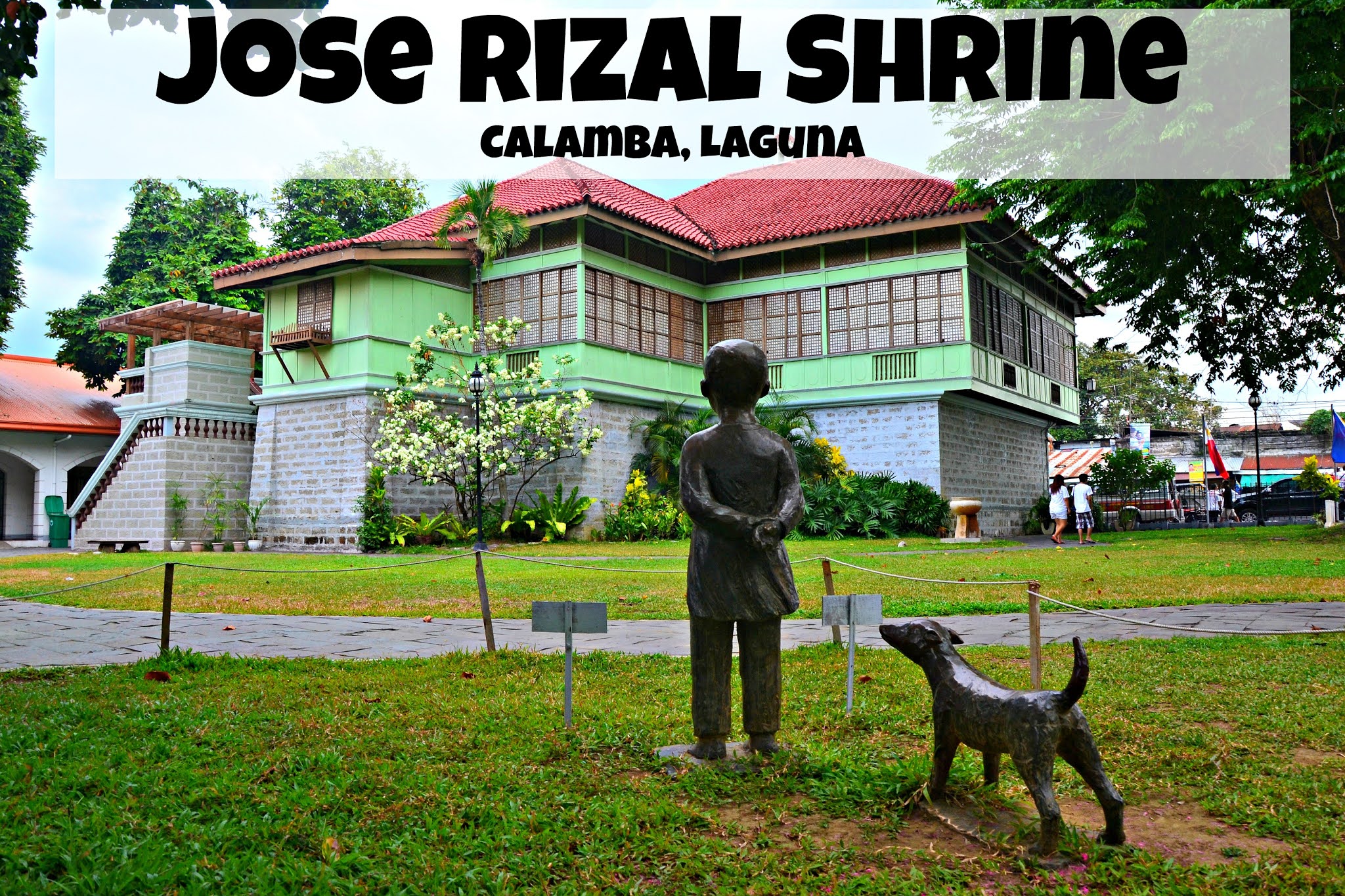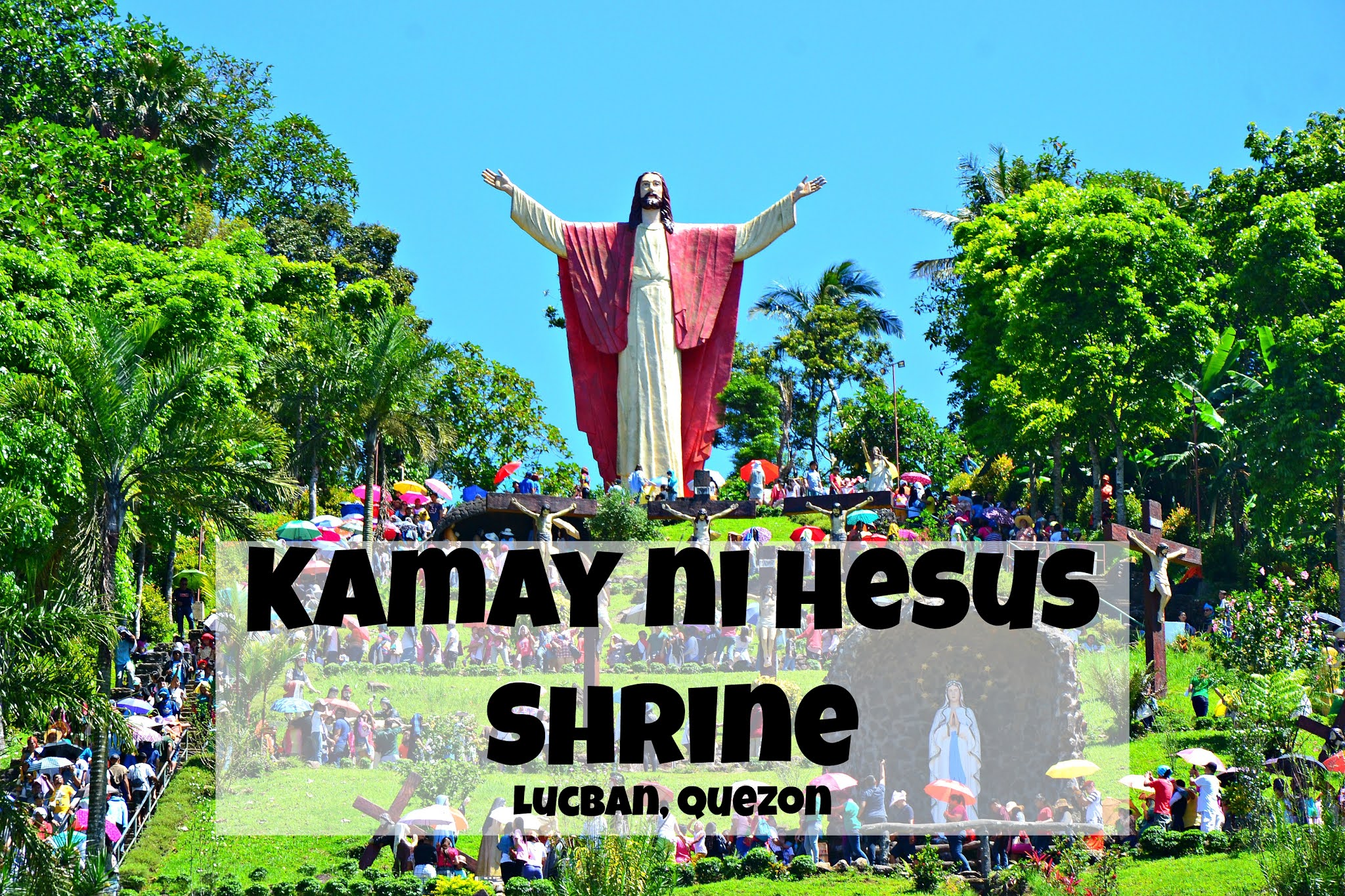Daisetsuzan National Park (大雪山国立公園) spans 2,267 square kilometers and encompasses 16 peaks, offering diverse trails, abundant wildlife, and alpine flora. This is the largest national park in Hokkaido, Japan. This vast park covers parts of Kitami City, Asahikawa City, Furano City, and the towns of Higashikawa, Kamifurano, Minamifurano, and Kamishihoro. However, a large part of the park is inside the town of Kamikawa but for this article, I will write about my experience in the Higashikawa part of the Daisetsuzan National Park.
 |
| Daisetsuzan National Park |
Daisetsuzan National Park details
Nestled in the heart of Hokkaido, Japan's northernmost prefecture, lies the breathtaking Daisetsuzan National Park. Known affectionately as the "roof of Hokkaido," this expansive park is a haven for nature lovers, adventurers, and seekers of tranquility.
 |
| Daisetsuzan National Park - Hokkaido |
Spanning an impressive 2,267 square kilometers, Daisetsuzan National Park is home to the awe-inspiring Daisetsuzan volcanic group, dominated by the majestic Mt. Asahidake, towering at an impressive 2,291 meters above sea level. Surrounding this iconic peak are other magnificent summits such as Mt. Tomuraushi, the Tokachi Mountain Range, and the Ishikari Mountain Range, each contributing to the park's unparalleled beauty.
 |
| Welcome to Daisetsuzan National Park |
 |
| Sanroku Station |
 |
| Flora and fauna map of Daisetsuzan National Park |
 |
| The ropeway going to Sugatami Station |
 |
| There is a briefing once you reach Sugatami Station |
 |
| If you plan to hike Mt. Asahidake, you need to register here |
 |
| Leaving Sugatami Station |
Despite the average elevation of around 2,000 meters, the alpine environment of Daisetsuzan National Park rivals that of peaks reaching 3,000 meters elsewhere in Japan. Its rugged terrain is adorned with a vibrant tapestry of alpine flora, including endemic species like Oxytropis japonica var. sericea and Lagotis yesoensis, painting the landscape with a kaleidoscope of colors.
Kamuimintara Walking Course
 |
| "The Playground of the Gods" |
Revered by the indigenous Ainu people as Kamui Mintara, or "the playground of the Gods," Daisetsuzan's landscapes are a paradise for mountaineers and adventurers seeking solace in nature's embrace. Rare animal species, such as the Japanese pika and the Eversmann's Parnassian, add to the park's allure, alongside the endemic Miyabe charr inhabiting the pristine waters of Lake Shikaribetsu.
Sugatami Lake Area
 |
| Asahidake Refuge - Sugatami Lake Area |
 |
| Bell of Love |
The park's boundaries are traced by the origins of Hokkaido's two longest rivers, the Ishikari and Tokachi, providing ample opportunities for exploration along their scenic courses. Trails of varying lengths and difficulties cater to hikers of all levels, offering glimpses of the park's diverse ecosystems and stunning vistas (though winter snowfall temporarily closes some routes).
Jigokudani Fumarole (地獄谷の噴気孔)
For those seeking relaxation after a day of adventure, Daisetsuzan National Park boasts numerous hot spring resorts, providing a soothing escape amidst the rugged wilderness. With a climate characterized by long winters and brief summers, visitors are encouraged to plan their trip between July and August to experience the park's vibrant foliage, which reaches its peak in mid-September before the arrival of winter's first snowflakes in October.
Kagami Pond and Sapphire Pond
 |
| Kagami Pond (鏡池) |
 |
| Sapphire Pond (摺鉢池) |
Walking back to Sugatami Station
Whether you're an avid hiker, a nature enthusiast, or simply in search of serenity amidst Japan's natural wonders, Daisetsuzan National Park offers an unforgettable journey into the heart of Hokkaido's untamed wilderness. Heads up though, this park is home to Hokkaido’s wild animals, particularly the Ezo Brown Bear so make sure that you bring a bear bell or bear spray when exploring the park. Also, be vigilant always.
Team Nicerio explores Daisetsuzan National Park
My family and I visited the Daisetsuzan National Park for the first time last October 22, 2022, during our “October 22-23” Road Trip. It was my 355th day in Japan as an ALT under the JET Programme. Originally, we wanted to hike Asahidake but because we weren’t physically and mentally prepared, we just decided to take the ropeway and enjoy the scenery of Daisetsuzan National Park instead.
Daisetsuzan National Park fees:
While exploring various parts of Daisetsuzan National Park is generally FREE. There are some facilities where you need to pay to use them like ropeways and onsens.
Daisetsuzan National Park operating hours:
Most of the park is open 24/7. However, some areas are closed during the winter for safety purposes. Aside from that the facilities in the park also have varying operating hours depending on the season so please check with each facility before visiting.
Why visit Daisetsuzan National Park?
Overall, a visit to Daisetsuzan National Park promises unforgettable experiences and a deep appreciation for Hokkaido's untamed natural beauty. It should be in your itinerary when visiting Hokkaido.
Getting to Daisetsuzan National Park (Higashikawa Side)
From Asahikawa Station, walk towards the bus terminal in front of the station.
Ride Bus #66 Bound for Asahidake via Asahikawa Airport (旭川空港 経由 旭岳 行き) of the Asahikawa Electric Orbit bus company. Board down at Hotel Bear Monte bus stop (ホテルベアモンテ前).
Once there, walk for about 120 meters to Asahidake Ropeway Sanroku Station.
Travel time: 1 hour and 43 minutes
Fare: 1,800 yen
Once at Asahidake Ropeway Sanroku Station, you may opt to hike up the mountain on foot or ride the ropeway from Sanroku Station to Sugatami Station.
To ride the Asahidake Ropeway, you need to pay the fare.
Regular Season (October 21 to May 31)
Adults – Round-trip 2,400 yen / One-way 1,400 yen
Students – Round-trip 1600 yen / One-way 1,000 yen
Peak Season (June 1 to October 20)
Adults – 3,200 yen / One-way 2,000 yen
Students – 1,600 yen / One-way 2,000 yen
Ratings:
 |
| Crowd |
 |
| Cleanliness |
 |
| Overall rating |



































































Thank you for sharing this in the Hokkaido Facebook page. I will surely include this in my itinerary.
ReplyDeleteYou're welcome! I hope you have a nice trip!
DeleteBeautiful pictures! ❤️
ReplyDeleteThank you so much! =)
Delete